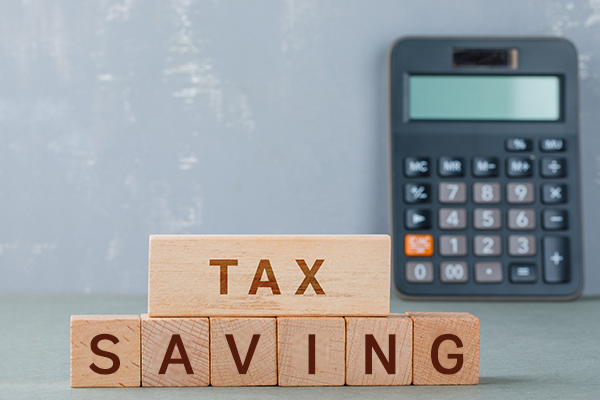Whether you are a business owner, property investor, or self-employed professional, understanding the intricacies of capital allowance is essential for optimizing your tax planning strategies. Delve into the various aspects of capital allowance, from its definition and types to practical tips on making the most of this valuable tax relief. By familiarizing yourself with these concepts and techniques, you will minimise your taxable income while maximizing your potential savings within legal limits.

Maximizing Tax Savings with Capital Allowance Claims
Capital allowance refers to a tax benefit that allows individuals and businesses to claim deductions for certain expenditures made on assets used in their trade or business. These expenditures may include purchasing or improving tangible assets such as machinery, equipment, vehicles, and even buildings. Taxpayers can significantly reduce their taxable income and minimize their overall tax liability by claiming these allowances accurately and effectively.
To maximize your tax savings with capital allowances claims, keeping detailed records documenting all relevant expenses related to eligible assets is crucial. This includes purchase invoices and receipts for repairs and improvements done throughout the asset’s lifespan. Additionally, staying up-to-date with changes in legislation surrounding capital allowances and seeking professional advice from accountants or specialists in taxation can ensure that you fully exploit all available opportunities for saving taxes through capital allowances.
In conclusion, by understanding what constitutes an eligible expense under capital allowance rules and diligently maintaining records of relevant expenditure documentation over time – while staying informed about updates within this area – individuals and businesses alike can optimize their potential financial gains by mitigating taxable income via maximizing claims on specific investments/assets etc., thereby diminishing overall revenue commitments due annually (or periodic) ultimately, whether purchasing equipment one-year warrants maximal fiscal leeway depends largely upon varying criteria, including current government policy and personal transactions concerning company needs, which could differ based upon sectors employed during said respective periods.
Also Read: Love Across Borders: Navigating the Fiance Visa Requirements for Reunion
Exploring Capital Allowance Rates and Categories
Capital allowance rates vary depending on the type of asset being claimed for. For example, machinery and equipment generally fall under a different category than buildings or renovations. Moreover, specific industries may have their own unique rules regarding capital allowances. By familiarizing yourself with the applicable rates for each category of assets relevant to your business or investments, you can ensure that you are maximizing your claims and minimizing your overall tax liability.
Exploring capital allowance categories is equally important as understanding the associated rates. These include main pool expenditure, special rate pool expenditure, structures and buildings allowance (SBA), and annual investment allowances (AIA). Each category has its distinct eligibility criteria, claiming procedures, deadlines, and limitations; therefore, assessing which ones align with your circumstances to fully utilize these deductions effectively is crucial.
Also Read: Know the Latest Tax Slabs and Updates for FY 2021-22
Expert Insights on the Importance of Capital Allowance
Capital allowance is a vital aspect of tax planning that holds immense importance for businesses, property investors, and self-employed professionals. This valuable tax relief allows individuals to reduce their taxable income by deducting the cost of any qualifying assets they purchase for business purposes from their profits. By doing so, capital allowance allows individuals to maximize tax benefits and optimize their financial strategies.
Expert insights regarding capital allowance highlight its significance in minimizing tax liabilities while incentivizing investments. According to these experts, understanding the different types of capital allowance available is crucial to identifying and fully utilising applicable claims. By accurately assessing the value and functionality of eligible assets, businesses can ensure they take advantage of every possible deduction.
Moreover, experts emphasize that staying up-to-date with legislative changes related to capital allowance is essential. As tax laws evolve, it is important for individuals to adapt their strategies accordingly and take advantage of any new opportunities or restrictions that arise. Overall, expert insights unanimously stress the importance of comprehensive knowledge and proactive planning when maximizing capital allowance benefits.



